Kumano Sanzan refers to the three major shrines located in Wakayama Prefecture: Kumano Hongu Taisha, Kumano Hayatama Taisha, and Kumano Nachi Taisha.
The Kumano Kodo is the ancient pilgrimage route that leads to these shrines.
These shrines have played a significant role in Japanese religion and culture. A blend of mythology, history, and nature, Kumano Sanzan holds a special place in the hearts of many people.
In this article, we will explore the history, highlights, and access methods for each of the Kumano Sanzan shrines in detail.
What is Kumano Kodo?
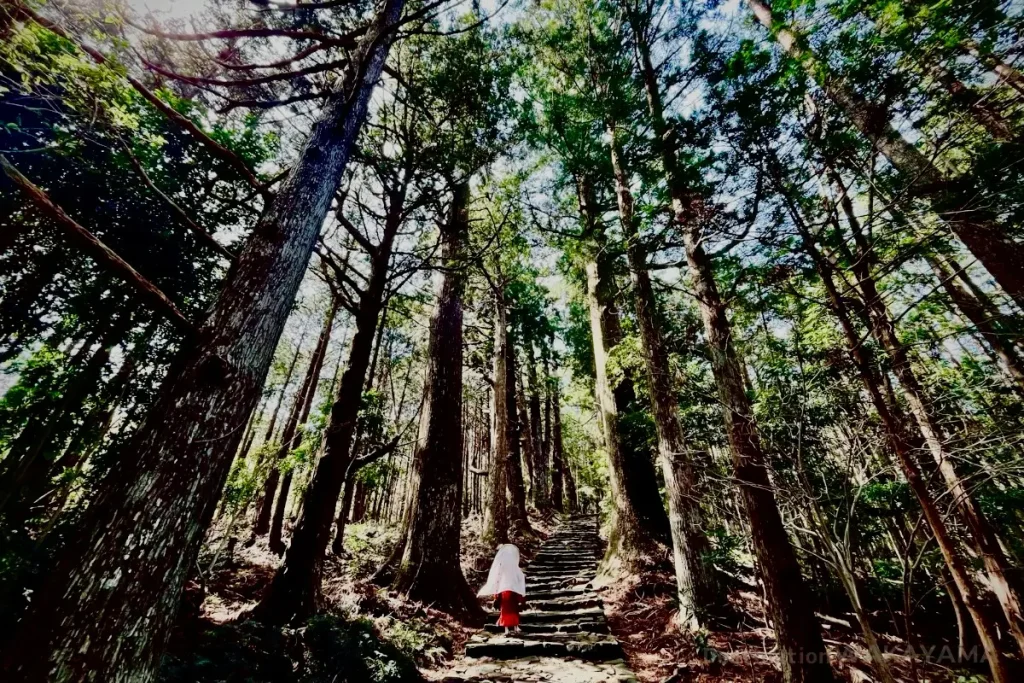
Kumano Kodo is the collective name for the pilgrimage routes leading to the three Kumano shrines (Kumano Hongu Taisha, Kumano Hayatama Taisha, and Kumano Nachi Taisha). These routes have been used since ancient times by countless pilgrims visiting the Kumano Sanzan.
In 2004, it was designated a UNESCO World Cultural Heritage Site as part of the “Sacred Sites and Pilgrimage Routes in the Kii Mountain Range.”
The routes span approximately 1000 km, crossing Mie, Nara, Wakayama, and Osaka prefectures.
The Origins and History of Kumano Kodo
The history of Kumano Kodo dates back to the Heian period. The routes were used by the imperial family and aristocrats to visit the Kumano Sanzan, serving as both a place of worship and spiritual training.
The Kumano faith, heavily influenced by the syncretism of Shinto and Buddhism, played a crucial role in the development of Japanese religious culture. Along the paths, ancient stone monuments and signposts tell the stories of historical pilgrims.
Components of Kumano Kodo
Kumano Kodo consists of six main routes, each connecting different regions to the Kumano Sanzan:
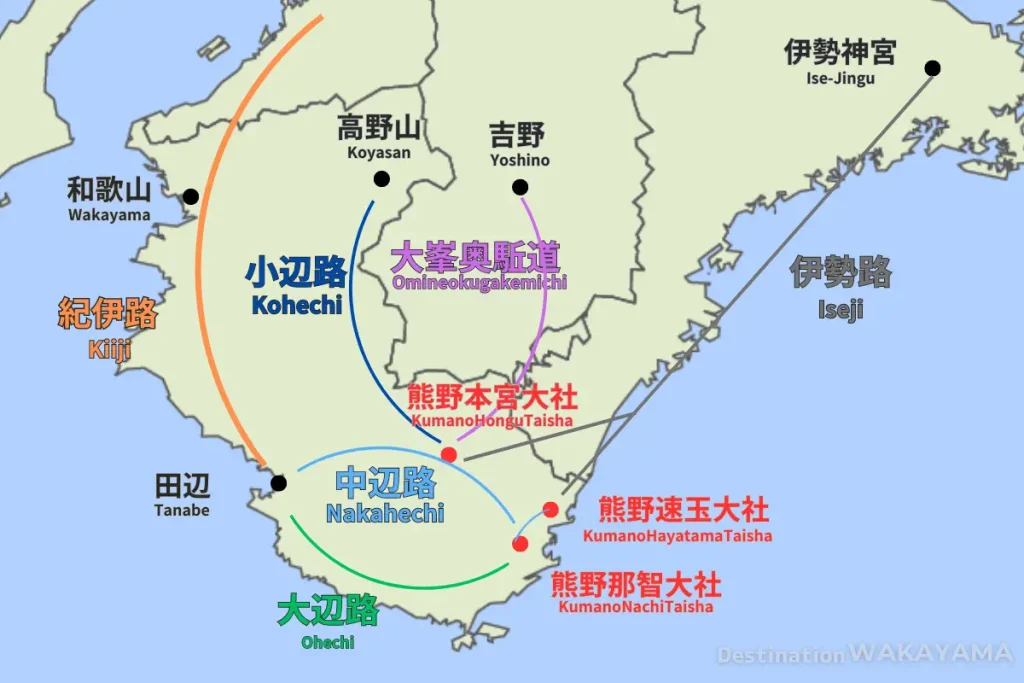
- Kiiji Route (Osaka City – Wakayama City – Tanabe)
- Kohechi Route (Koyasan – Hongu)
- Nakahechi Route (Tanabe – Hongu – Nachi – Shingu)
- Ohechi Route (Tanabe – Kushimoto – Nachi)
- Iseji Route (Ise Grand Shrine – Hongu/Shingu)
- Omine Okugake Michi Route (Yoshino – Hongu)
Each route offers unique landscapes and historical backgrounds, providing pilgrims with diverse experiences. The routes are dotted with ancient shrines, temples, and beautiful natural scenery, adding to their allure.
“Kujuuku (99) Oji Shrines” are small shrines scattered along the Kumano Kodo, where rituals were performed during pilgrimages.
The fascination of Kumano Kodo
The fascination of Kumano Kodo lies in its rich natural environment and historical heritage. Beautiful mountains, clear rivers, and ancient temples and shrines provide visitors with peace of mind.
The changing scenery of the four seasons offers new discoveries with each visit. Learning about the historical and cultural significance of the routes also provides a deep sense of spiritual fulfillment.
The Three Shrines of Kumano Sanzan
Kumano Sanzan consists of the following three shrines:
- Kumano Hongu Taisha Shrine (Hongu-cho, Tanabe City)
- Kumano Hayatama Taisha Shrine (Shingu City)
- Kumano Nachi Taisha Shrine (Nachi-Katsuura Town)
Each shrine has its own unique history and charm. These shrines have been visited by many pilgrims since ancient times, and even today, they attract numerous visitors.
Kumano Hongu Taisha Shrine(熊野本宮大社)
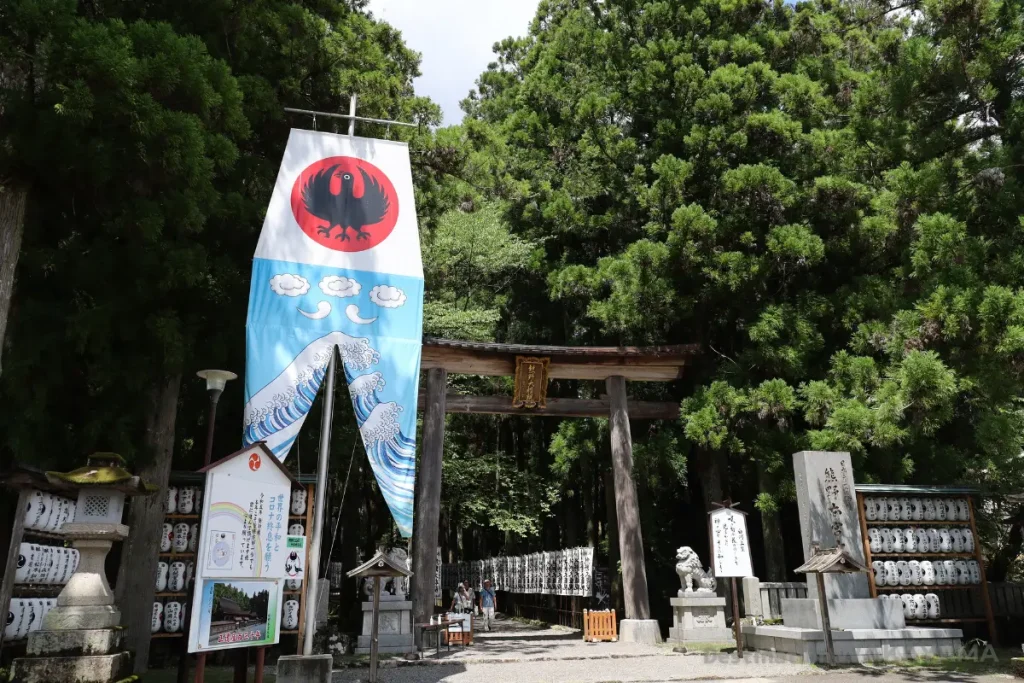
History
Kumano Hongu Taisha is the oldest of the three Kumano shrines, said to have been established before the Common Era.
During the Heian period, it was frequently visited by the imperial family and aristocrats, and its sacred atmosphere can still be felt today.
Even after the shrine buildings were relocated due to a major flood in the Meiji period, its historical significance remains intact.
Highlights
The highlights of Kumano Hongu Taisha include its majestic shrine buildings and expansive grounds.
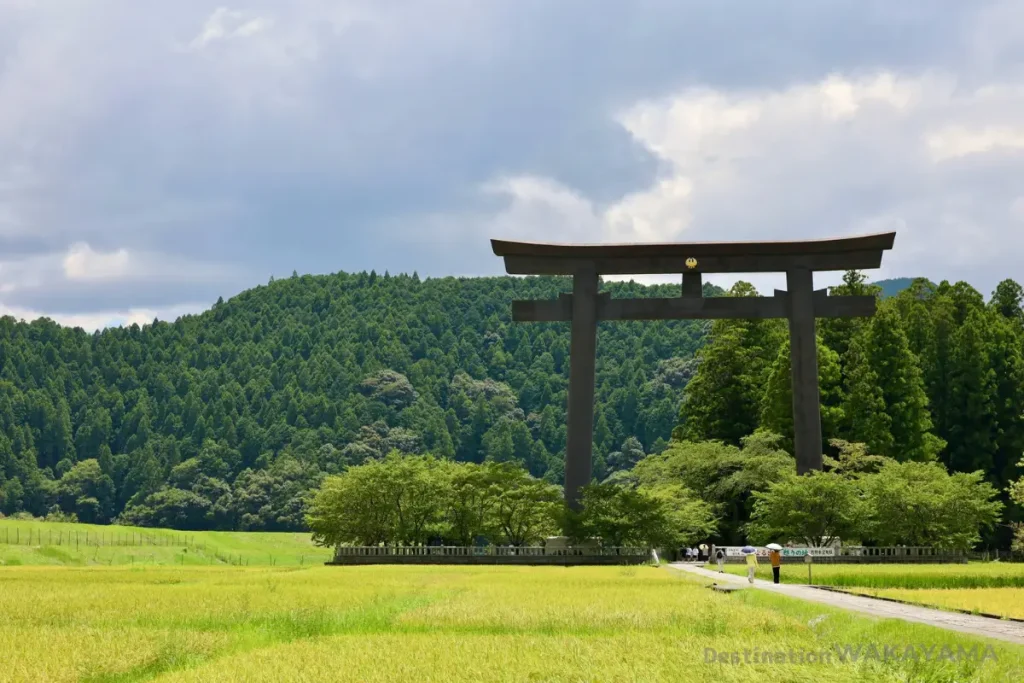
Particularly noteworthy is the largest torii gate in Japan, located at Oyunohara, the former site of the main shrine. This site offers a sense of ancient ritualistic atmosphere. Surrounding the shrine buildings is a beautiful forest, providing a serene environment for reflection.
Access
Kumano Hongu Taisha is about a 90-minute bus ride from JR Shingu Station, or about 120-minutes bus ride from JR Kii-Tanabe Station.
By car, it takes approximately 30 minutes from the Kumano Taisha Interchange on the Kisei Expressway. It can get crowded during tourist seasons, so it’s best to start your journey early.
Nearby tourist attractions
The area around Kumano Hongu Taisha is dotted with hot spring resorts collectively known as Hongu Onsenkyo. These hot springs have been loved by people since ancient times, serving as a place to soothe the fatigue of travelers on the Kumano Kodo.
- Yunomine Onsen Hot Spring

Yunomine Onsen is conveniently located about a 10-minute walk from Kumano Hongu Taisha. Known for its history and mystical atmosphere, the hot spring features a small bath called “Tsuboyu.” This private bath, which changes color while bathing, is believed to result from changes in the hot spring water’s composition and temperature.
Yunomine Onsen is also part of the World Heritage “Sacred Sites and Pilgrimage Routes in the Kii Mountain Range,” adding to its mystical appeal.- Kawayu Onsen Hot Spring

Kawayu Onsen is about a 10-minute drive from Kumano Hongu Taisha. Known for blending into nature, the “Senninburo” at Kameya Ryokan is particularly famous.
This open-air bath, available only in winter, is created by damming part of the river and utilizing the hot spring water that naturally springs from the riverbed. Bathing in the river’s flow is a unique experience.
- Watarase Onsen Hot Spring
-

Quote from HP of Watarase Onsen Watarase Onsen is about a 15-minute walk from Kumano Hongu Taisha. Famous for its large open-air bath, this spacious hot spring facility allows you to relax amidst nature.
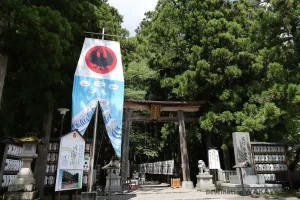
Kumano Hayatama Taisha Shrine(熊野速玉大社)
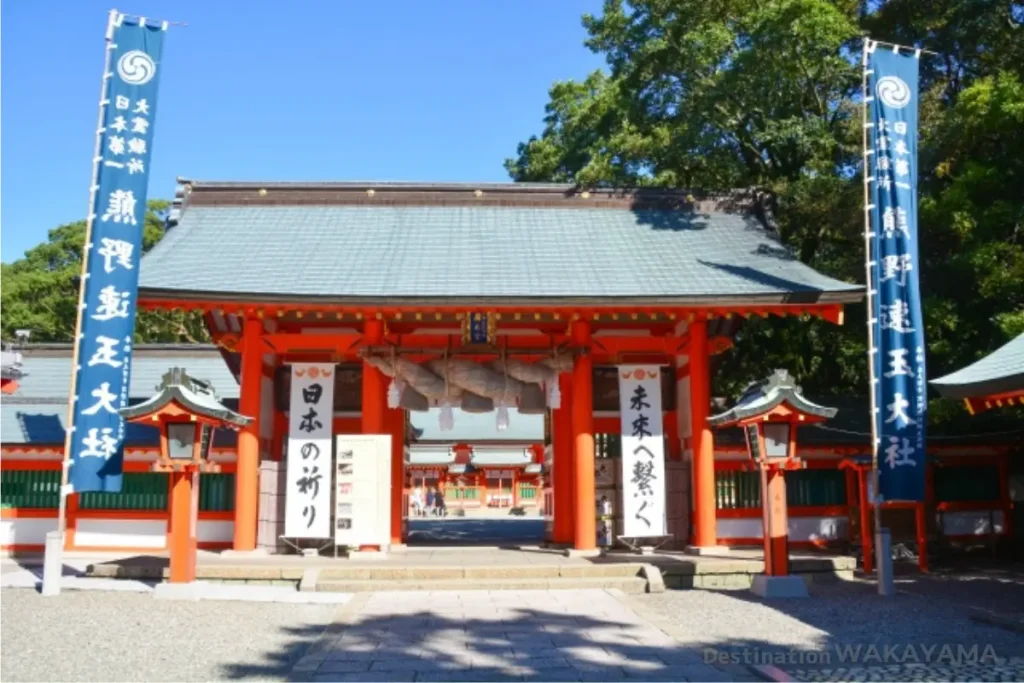
Histoy
Kumano Hayatama Taisha Shrine, located at the mouth of the Kumano River, has a long history dating back to Emperor Jimmu’s expedition to the east.
Legend has it that in ancient times, Kumano Hayatama no Okami and Kumano Fusumi no Okami descended onto Gotobiki Rock on Kamikura Mountain and were enshrined there.
This shrine enshrines the two gods who became Japan’s first married couple, bringing blessings for marriage and family safety. Many worshippers have visited since the Heian period, and this faith continues today.
Highlights
Highlights of Kumano Hayatama Taisha Shrine include its beautiful vermilion-painted shrine buildings and the sacred Nagi tree, over 1,000 years old and designated a natural monument.
The stone steps leading to the adjacent Kamikura Shrine are also famous, offering spectacular views despite being a challenging climb.
Climbing the steep steps of Kamikura Shrine provides a panoramic view of Kumano Hayatama Taisha Shrine, showcasing its grandeur.
Access
Kumano Hayatama Taisha Shrine is about a 15-minute walk from JR Shingu Station. Its central city location makes it very accessible.
Nearby tourist attractions
- Kamikura Shrine

Kamikura Shrine, a branch shrine of Kumano Hayatama Taisha, is famous for the massive Gotobiki Rock, considered a sacred object.
Visitors can climb the steep stone steps to reach the rock and enjoy the breathtaking views and sacred atmosphere.
- Kawaraya-yokocho
-

Quote from Shingu City Touris Associates Kawaraya-yokocho is a merchant district preserving the townscape of the Edo period, offering a historical atmosphere.
The area is filled with old buildings and shops, allowing visitors to experience history while strolling around.
The old merchant buildings and cobblestone streets are also popular photo spots.
- Doro-kyo Gorge Boat Ride
-

Doro-kyo Gorge, located within Yoshino-Kumano National Park, straddles Shingu City in Wakayama Prefecture and Totsukawa Village in Nara Prefecture.
As an excellent activity to appreciate the natural beauty, you can take a water jet boat through the 31km-long Doro Hatcho gorge. This boat travels at approximately 40km/h, offering close-up views of the stunning valley scenery.
It is about a 40-minute bus ride from JR Shingu Station.
Kumano Nachi Taisha Shrine(熊野那智大社)
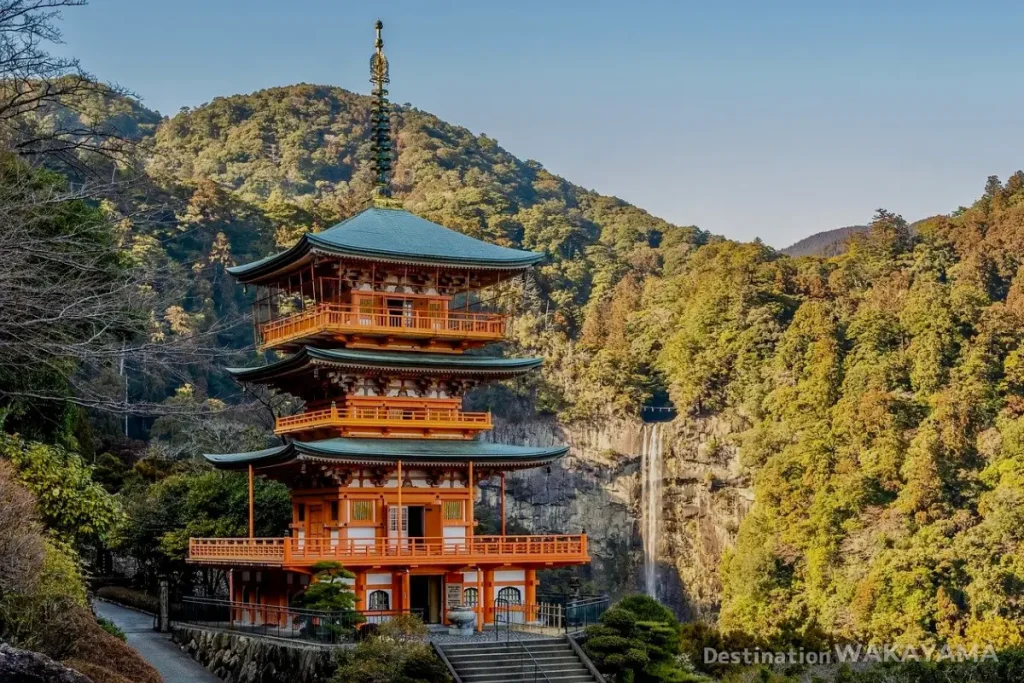
History
Kumano Nachi Taisha Shrine, located near Nachi Falls, has a unique faith tied to the natural worship of the falls. Although it was the last of the three Kumano Sanzan shrines to be built, its mystical atmosphere continues to captivate visitors.
Highlights
Highlights of Kumano Nachi Taisha Shrine include the majestic Nachi Falls and the beautiful shrine buildings set against this backdrop. The nearby Nachisan Seigantoji Temple also offers stunning views.
The main shrine of Kumano Nachi Taisha is located at the top of 467 stone steps, welcoming visitors with its six brightly painted buildings.
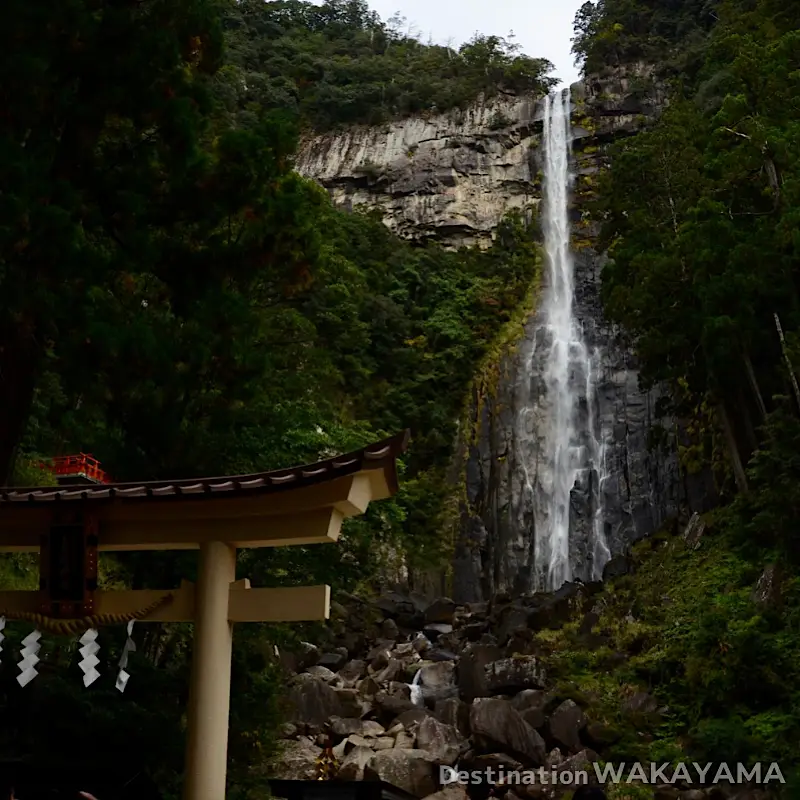
Hiro Shrine, a branch of Kumano Nachi Taisha Shrine, enshrines Nachi Falls, Japan’s tallest waterfall. The falls, standing at 133 meters, are one of Japan’s three famous waterfalls. The breathtaking sight and sound of the falls make Hiro Shrine a rare place where you can worship the waterfall itself as a sacred object.
Access
Kumano Nachi Taisha Shrine is approximately 30 minutes by bus from JR Kii-Katsuura Station. Buses run to the Nachi Falls entrance, from which you can walk. The walking route is surrounded by beautiful nature, making for an enjoyable stroll.
Nearby tourist attractions
- Daimon-zaka (大門坂)
-

Daimonzaka is a beautiful cobblestone slope that is part of the Kumano Kodo and serves as the entrance to the pilgrimage route to Kumano Nachi Taisha. Surrounded by large cedar trees, it exudes a tranquil atmosphere.
Walking the 600-meter cobblestone slope, you can feel the history. Moss-covered stone walls and monuments along the way enhance the ancient road’s ambiance.
- Nanki-Katsuura Onsen Hot Spring
-

Quote from Wikipedia Nanki-Katsuura Onsen is surrounded by beautiful sea and mountains and is a popular hot spring area visited by tourists from all over Japan.
It offers a wide range of accommodations from luxury inns to affordable options, with fresh seafood as a culinary highlight. Many inns and hotels are located along the coast, offering spectacular views of the Pacific Ocean from open-air baths.
- Katsuura Fish Port
-
Katsuura Fish Port is known as one of Japan’s largest tuna fishing ports. The high-quality tuna caught here is shipped nationwide.
The fresh seafood directly from fishermen and daily tuna carving shows provide entertainment. Many restaurants in the fishing port offer tuna dishes, allowing visitors to enjoy fresh sashimi and sushi.
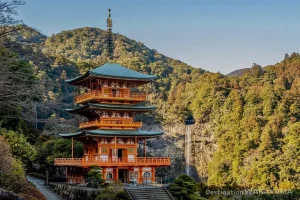
Overview of Kumano Kodo Routes
Kumano Kodo consists of several main routes, each with its own characteristics and charm. These routes offer different experiences based on their historical background and natural environment.
Nakahechi Route(中辺路)
Nakahechi is the most used route and the main road to Kumano Hongu Taisha. This trail, passing through beautiful mountains and valleys, is suitable for both beginners and experienced hikers. The famous Takahara Kumano Shrine and the Dainichi-goe route are particularly popular among hikers.
Ohechi Route(大辺路)
Ohechi follows the coastline, offering beautiful sea views. This route is very popular because it allows for enjoying both sea and mountain scenery simultaneously. The section from Susami Town to Tanabe City is particularly spectacular.
Kohechi Route(小辺路)
Kohechi is a mountainous route from Koyasan to Kumano Hongu Taisha Shrine, known for its rugged terrain. With a deep historical background, it is also known as a path used by monks for training. Even today, many ascetics visit this path for spiritual training.
Kiiji Route(紀伊路)
Kiiji runs from Osaka to Kumano via Wakayama, offering a contrast between urban and natural landscapes. Its relatively easy access is another feature. The route from Osaka, passing through Wakayama City and along the coast, is popular for its beautiful scenery and easy accessibility.
Iseji Route(伊勢路)
Iseji is a historically significant pilgrimage route from Ise Jingu to Kumano Sanzan. It offers rich natural and historical scenery. This path, starting from Ise Jingu and following the Kumano Sea, is scenic and historically walked by many worshipers.
Omine Okugake Michi Route(大峯奥駈道)
Omine Okugake Michi is a steep mountain route famous as a training ground for Shugendo practitioners. Even today, many ascetics visit this path for spiritual training. The route from Yoshino to Kumano Hongu Taisha Shrine is particularly significant as a path of faith and training.
Access to Kumano Kodo
- Access from Tokyo

- From Tokyo Station by Shinkansen
- Nagoya: 1h40m
- Shin-Osaka: 2h25m
- From Haneda Airport by airplane
- Kansai Airport: 1h
- Shirahama Airport: 1h
- From Tokyo Station by Shinkansen
- Access from major locations in the Kinki region

- From Shin-Osaka by “Kuroshio Express”
- Kii-Tanabe: 2h30m
- Shingu: 4h30m
- From Kansai Airport via Hineno by “Kuroshio Express”
- Kii-Tanabe: 2h
- Shingu: 4h
- From Shin-Osaka by “Kuroshio Express”
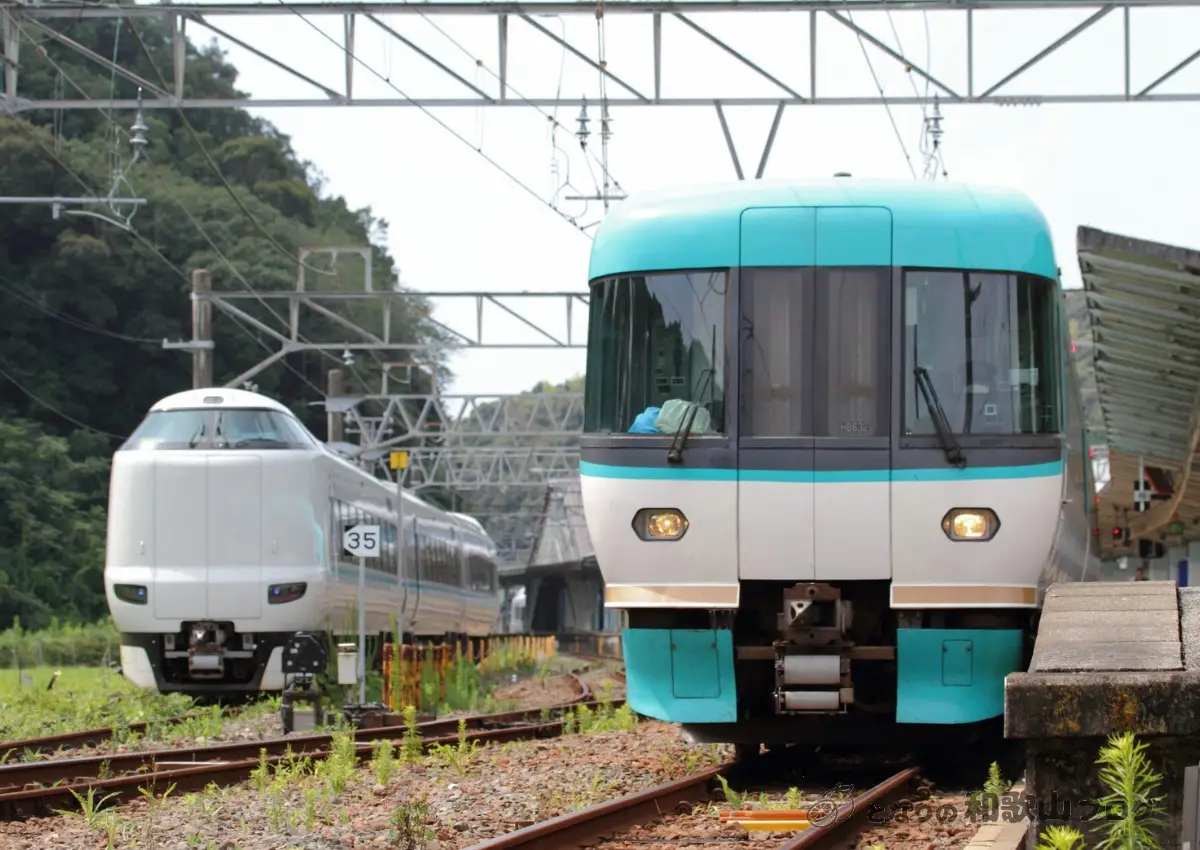
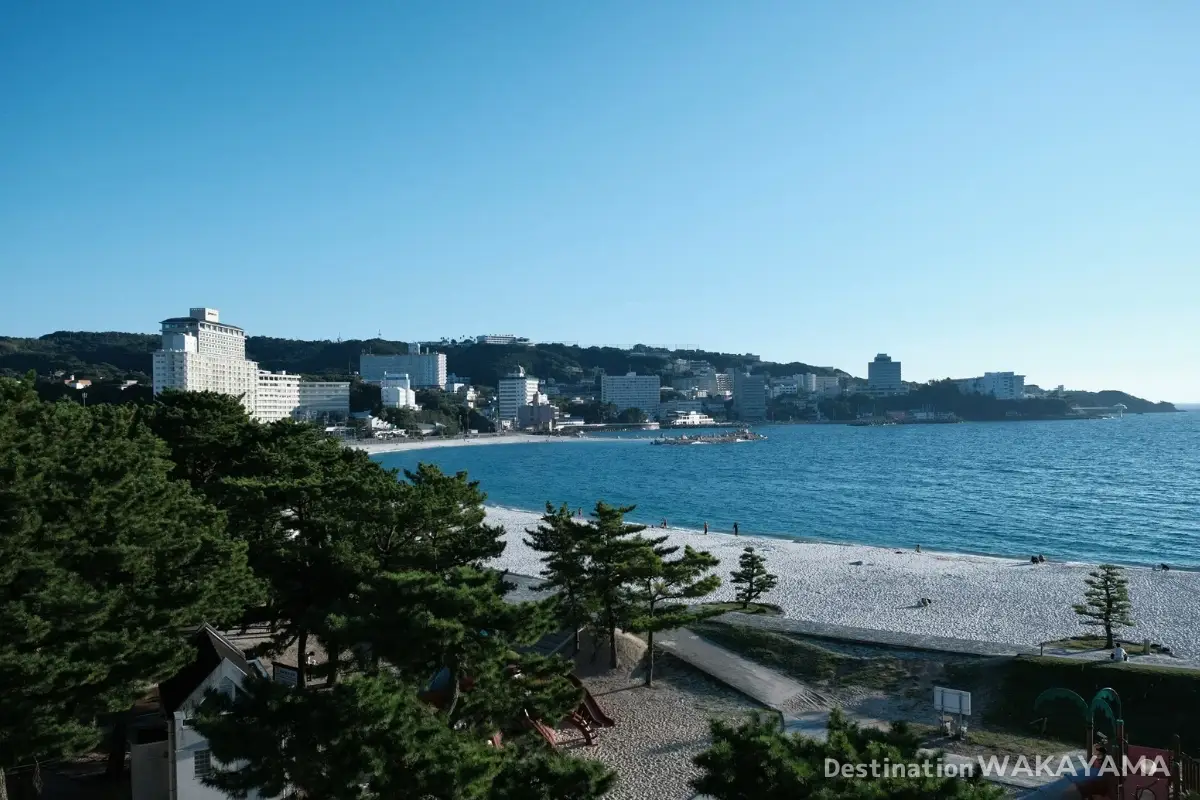
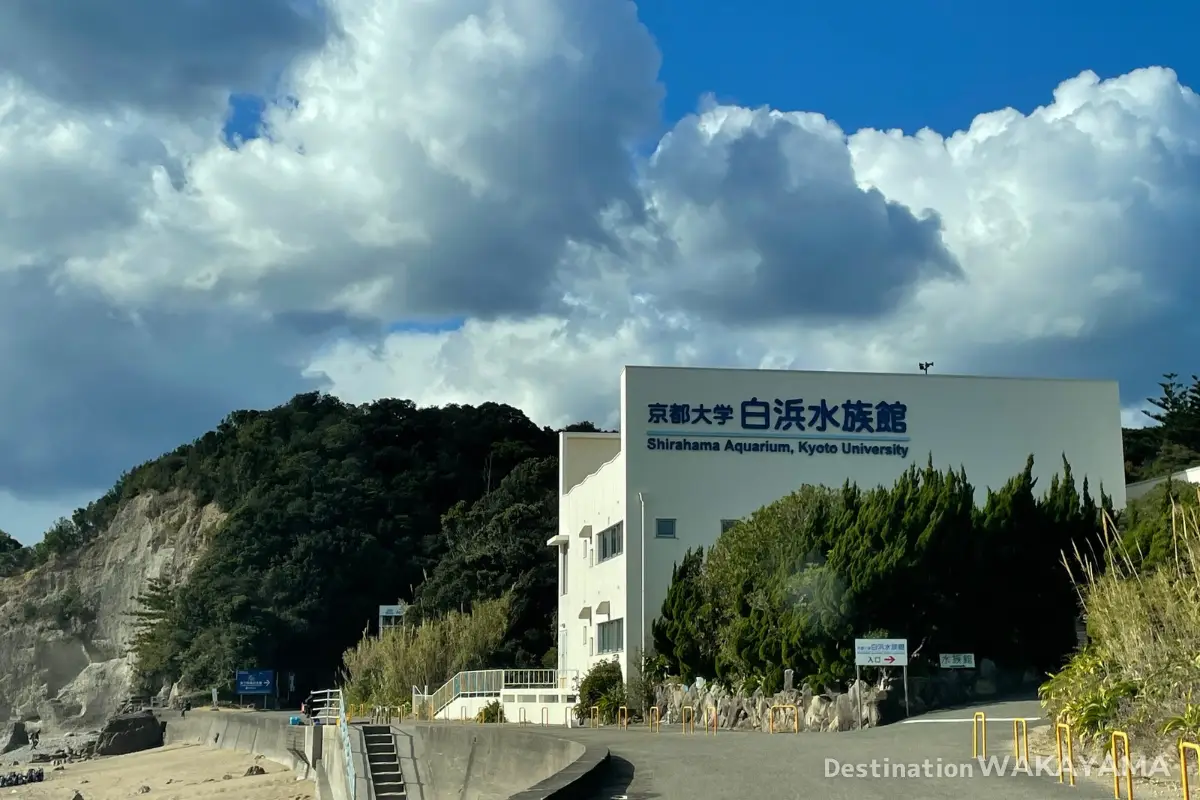

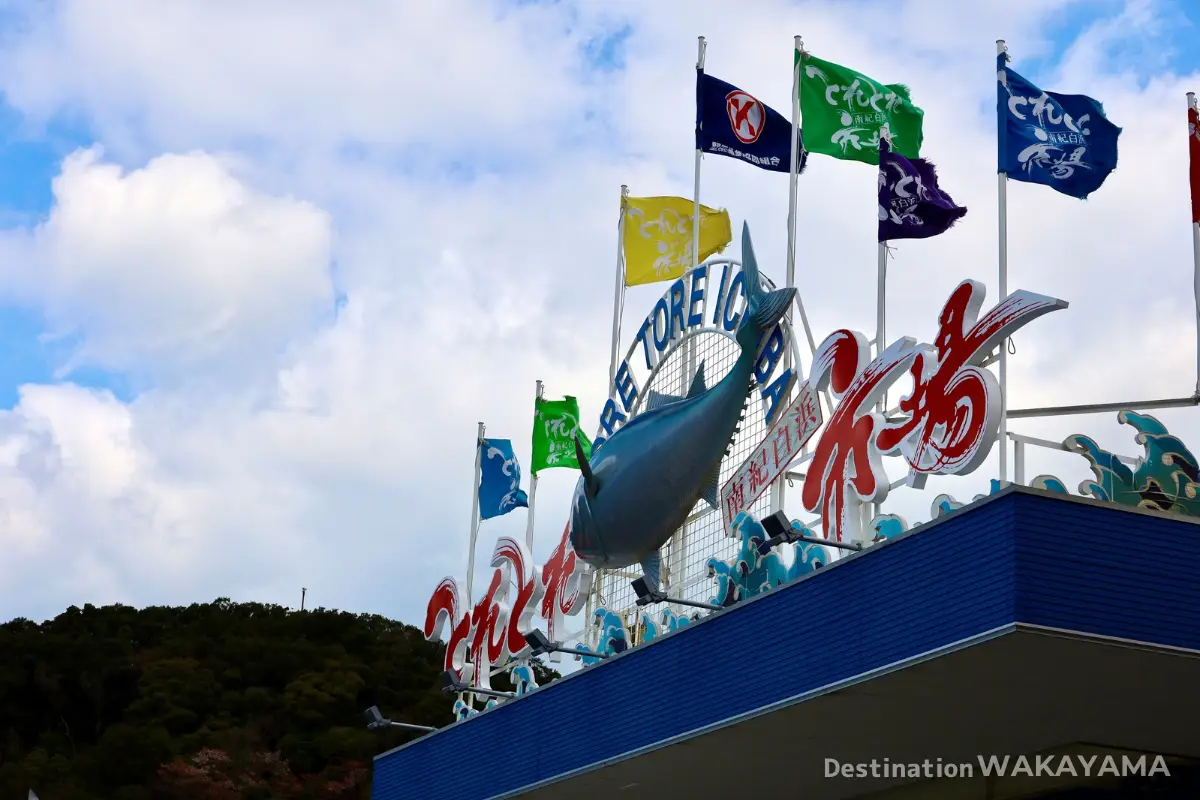

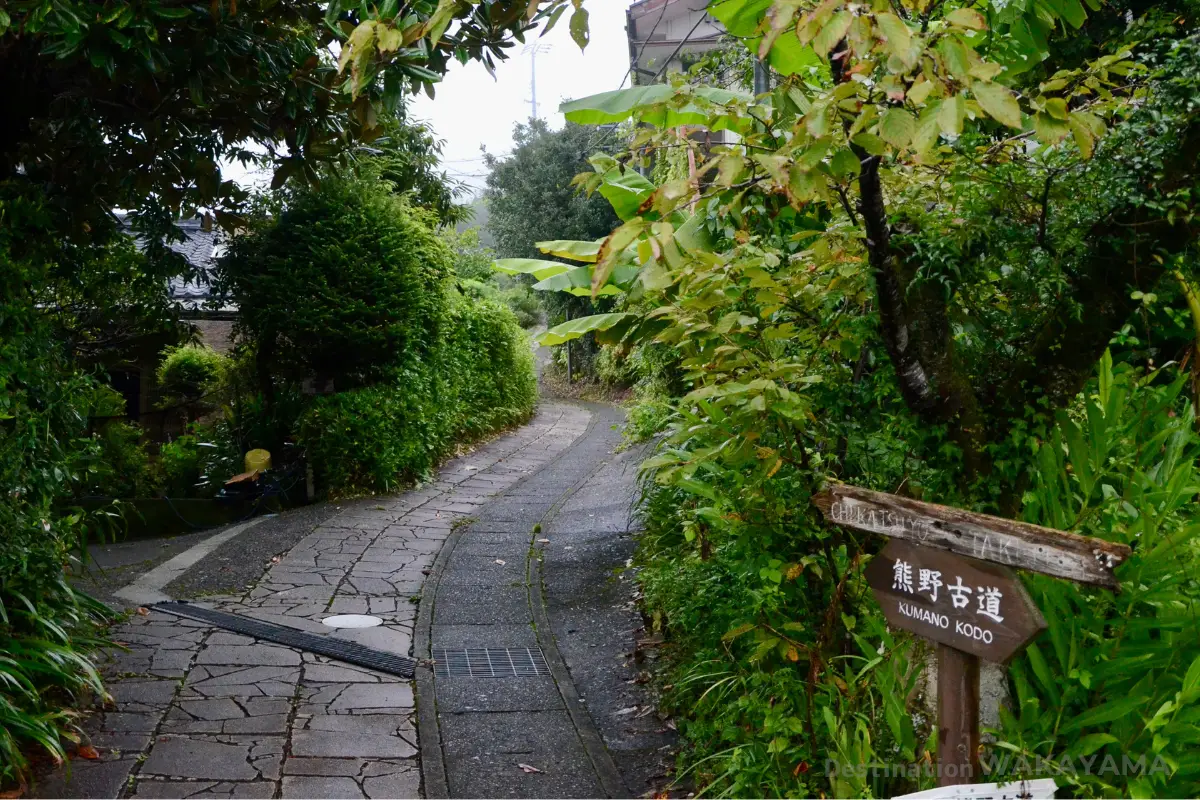
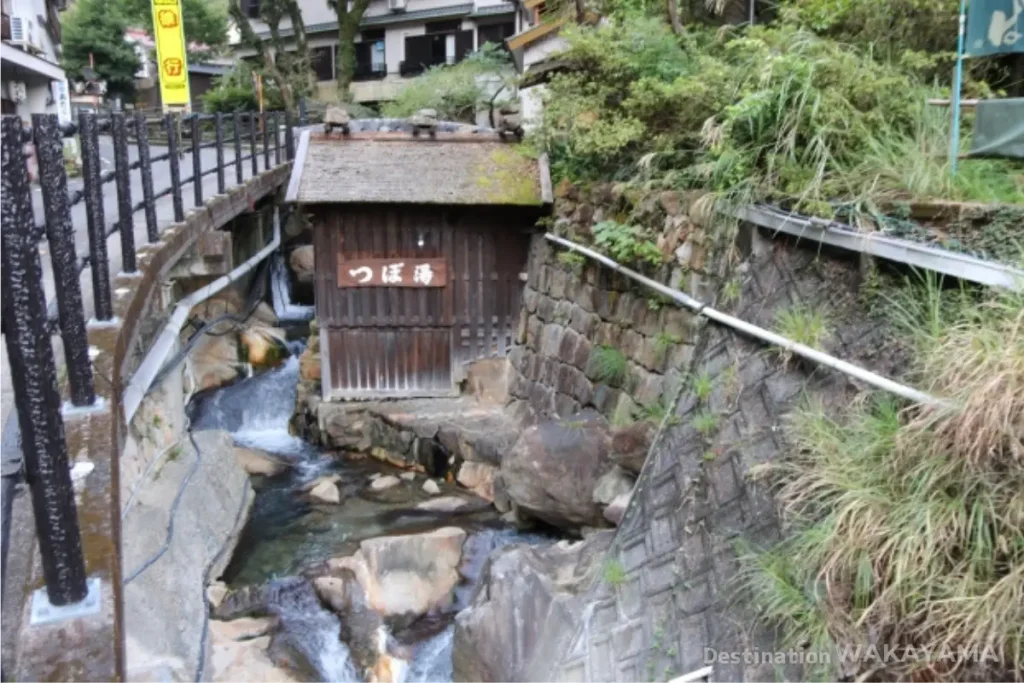
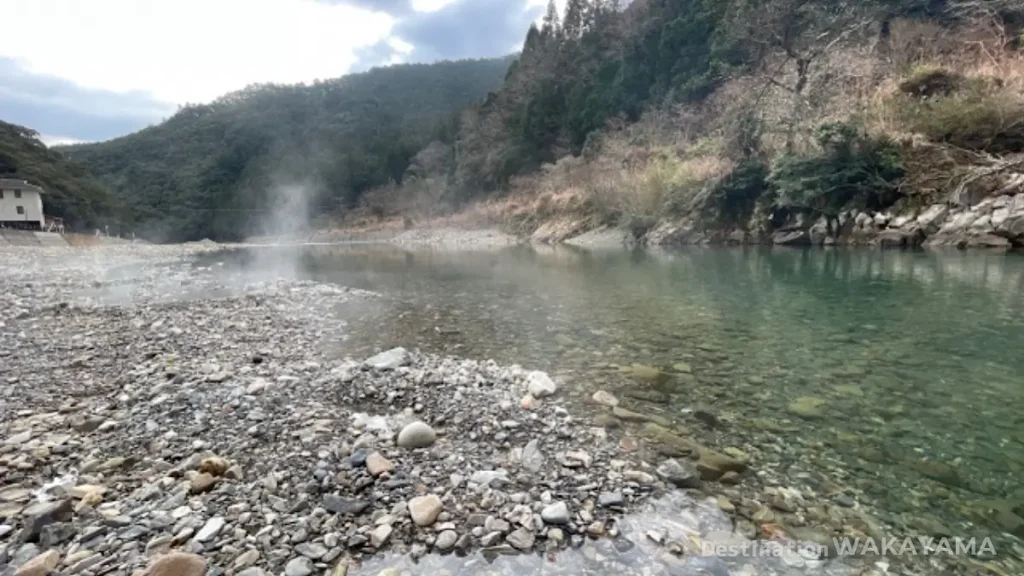
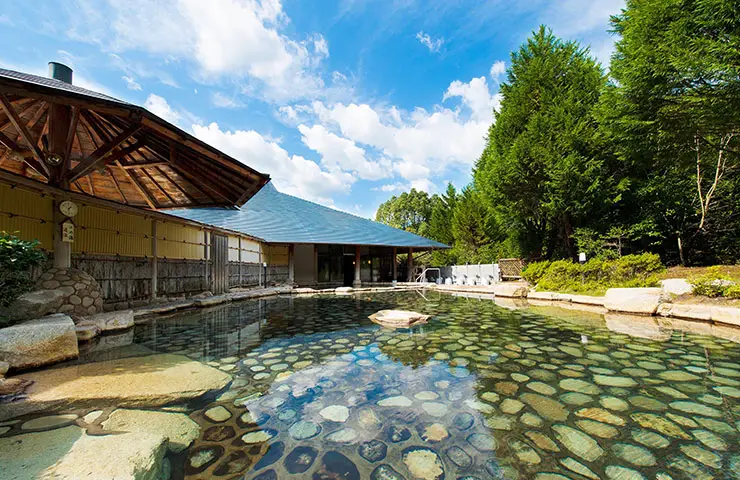
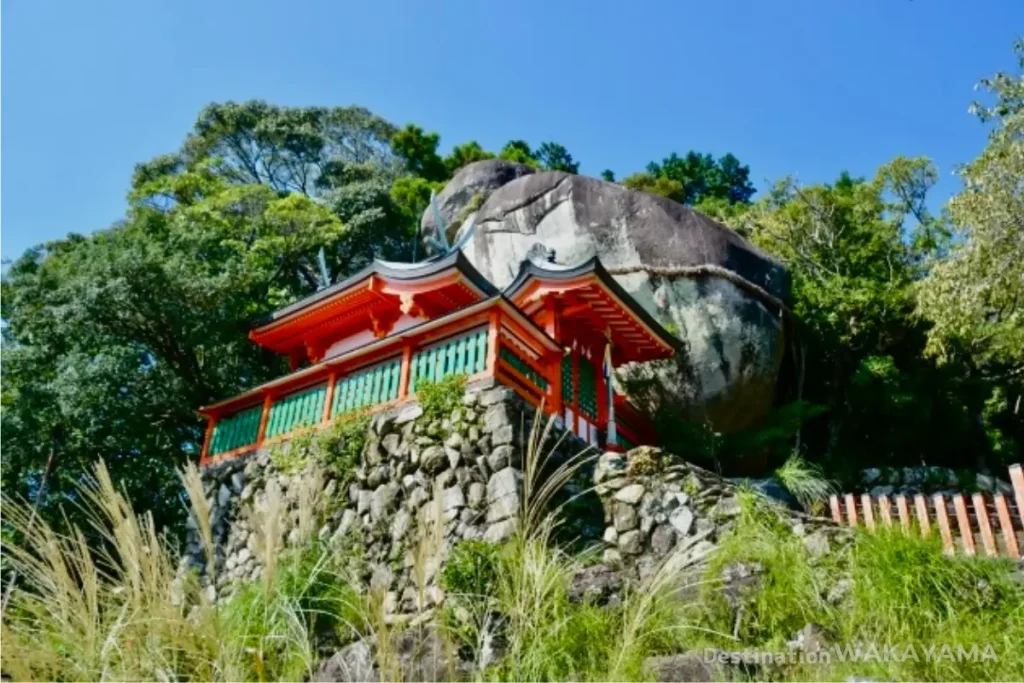
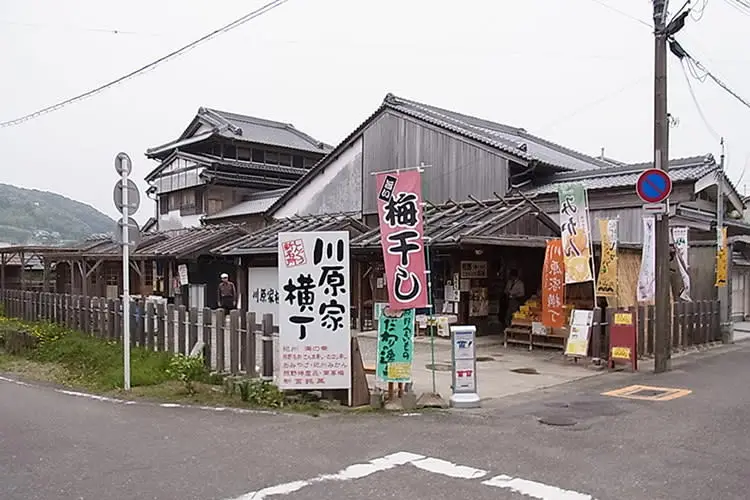
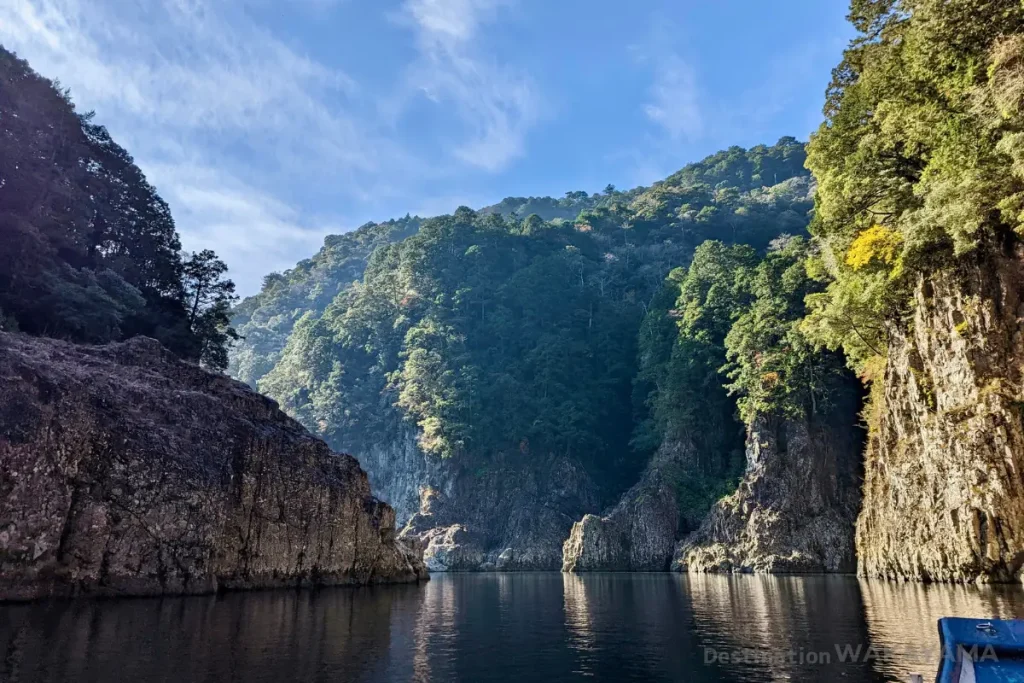
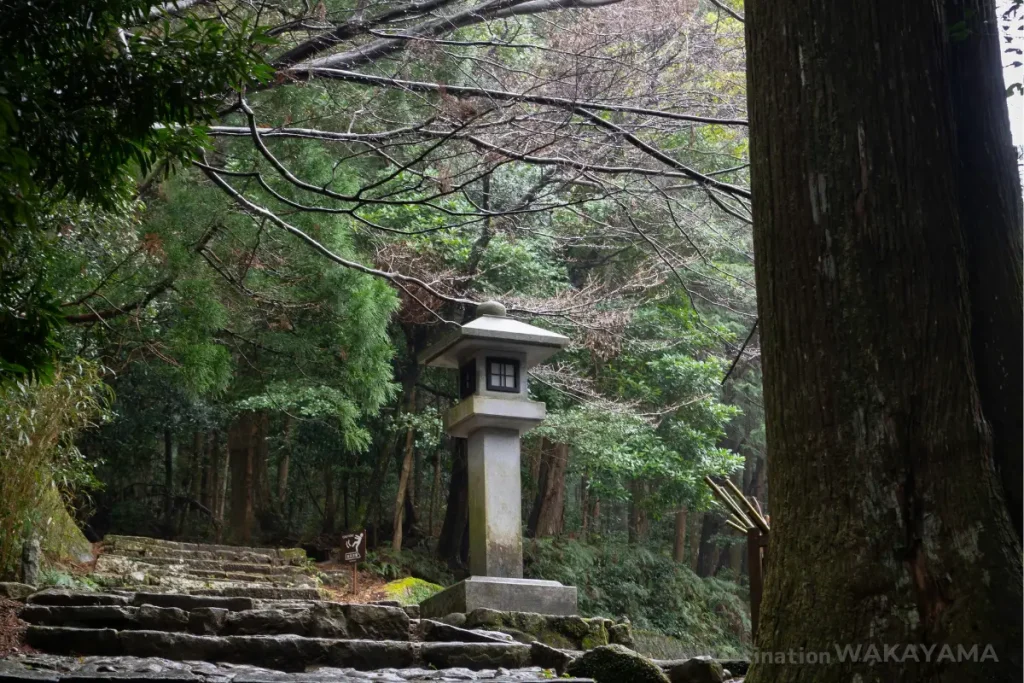
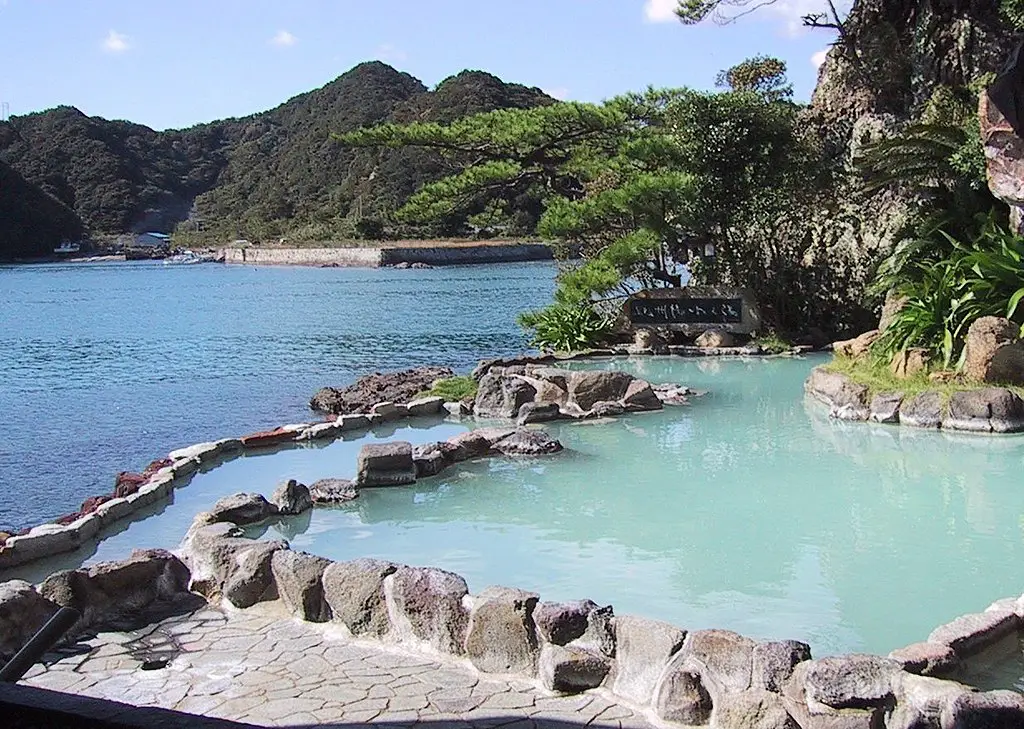
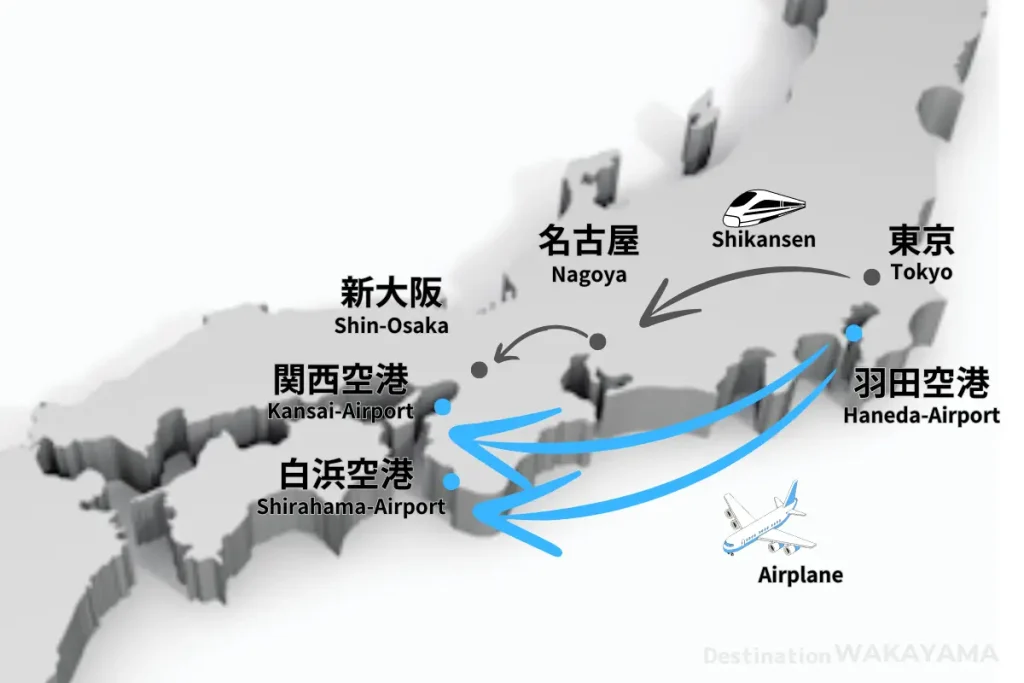
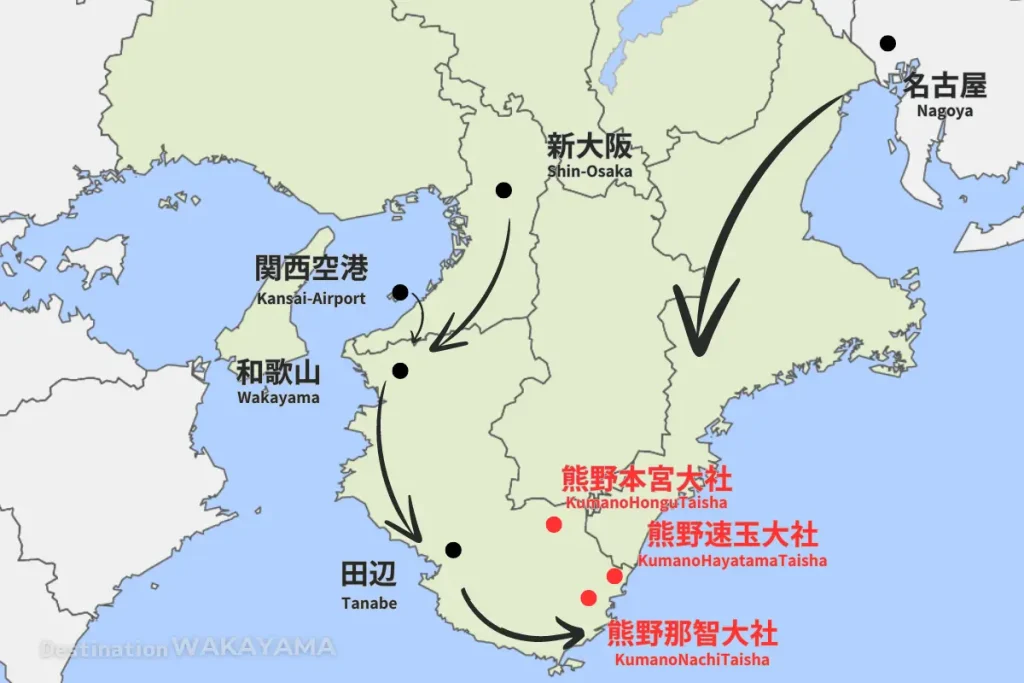


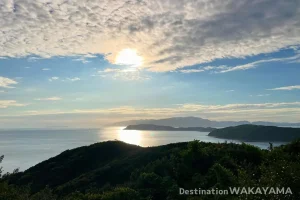

Comments